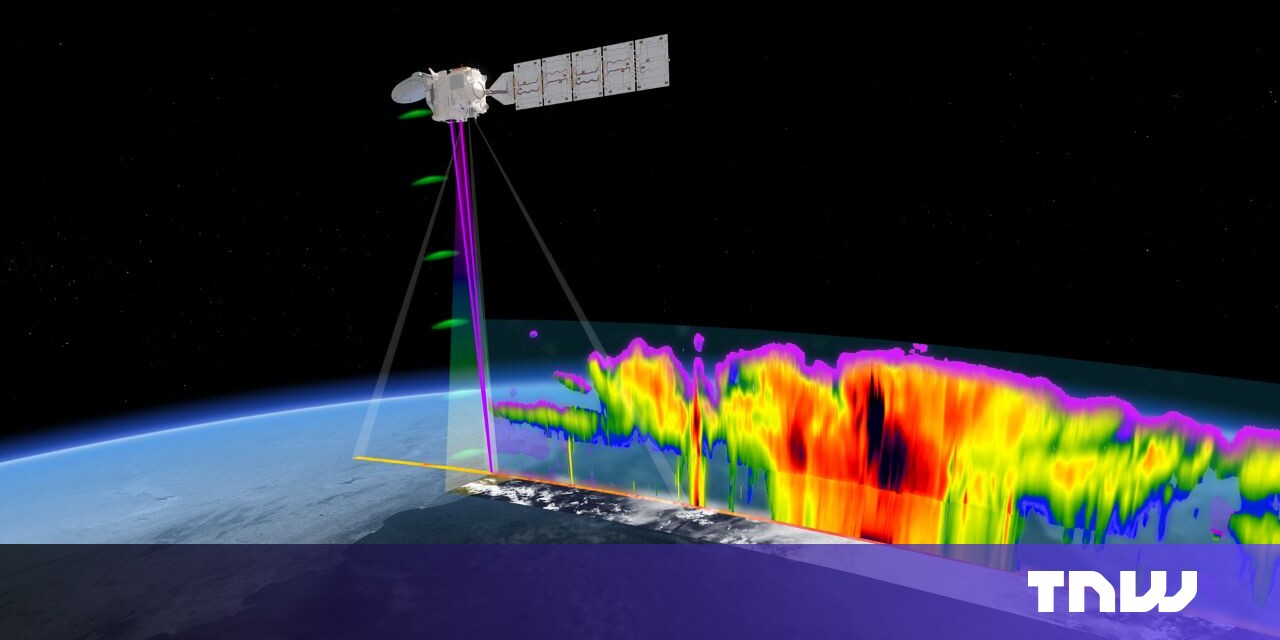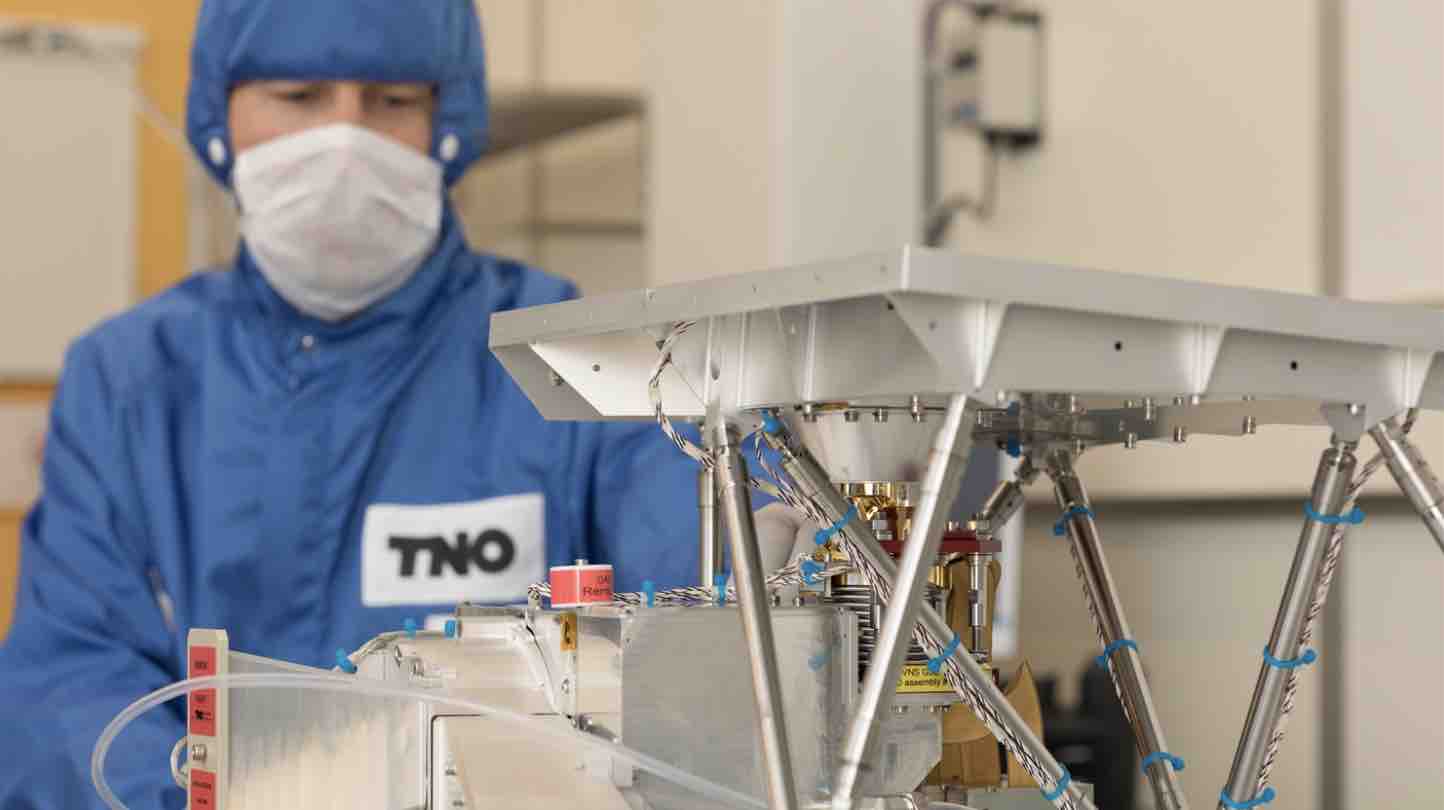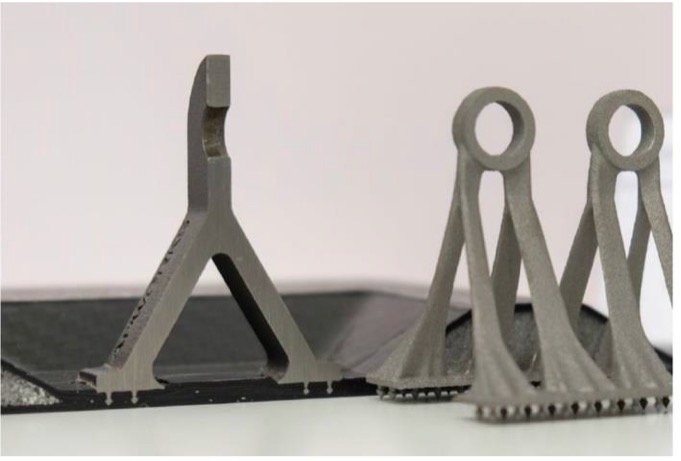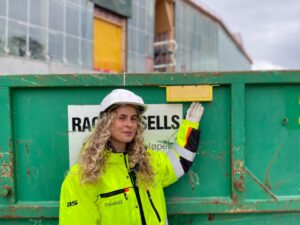
Dutch tech has launched into space onboard a spacecraft designed to analyse climate change.
The EarthCARE satellite — a collaboration between the European Space Agency (ESA) and its Japanese peer JAXA — lifted off today on a SpaceX Falcon 9 rocket.
Equipped with four instruments, the mission aims to unearth new insights about the impact of clouds and aerosols on our climate. Dutch tech features prominently in those plans.
One key contribution comes from TNO, a research organisation headquartered in The Hague. The non-profit co-created EarthCARE’s Multi Spectral Imager (MSI), which will generate data on clouds and aerosols.
Two cameras on the device will record the horizontal structures of clouds and atmospheric particles. After the cameras capture visible, near infrared, shortwave and thermal infrared light, detectors will convert the data into electric signals. Back on Earth, scientists will analyse the information.


EarthCARE’s dragon tail
Airbus Netherlands has also played a key role in EarthCARE’s developments. The Leiden-based supplier contributed its “Hyperjoint” tech, which joins metallic brackets to a composite structure during the curing process.
According to ESA, the system can strengthen joints, reduce assembly costs, and optimise mass on the satellite.


Airbus Netherlands also produced the probe’s solar panels, which have an unusual location.
“‘When you think of many satellites, you think of a box full of instruments with solar panels on either side,” said Rob van Hassel, Business Director of Solar Array at Airbus Netherlands. “EarthCARE, which has been nicknamed the ‘White Dragon’, has the solar panels in a very special place: the back. You could say we gave the dragon a tail.”
That dragon’s body also features a lidar system, a cloud profiling radar, and a broadband radiometer. According to ESA, they make EarthCARE the agency’s most complex research mission yet.
Simonetta Cheli, ESA’s Director of Earth Observation Programmes, added that the mission comes at a critical time.
“Advancing our scientific knowledge is more important than ever to understand and act on climate change, and we very much look forward to receiving its first data,” she said.





